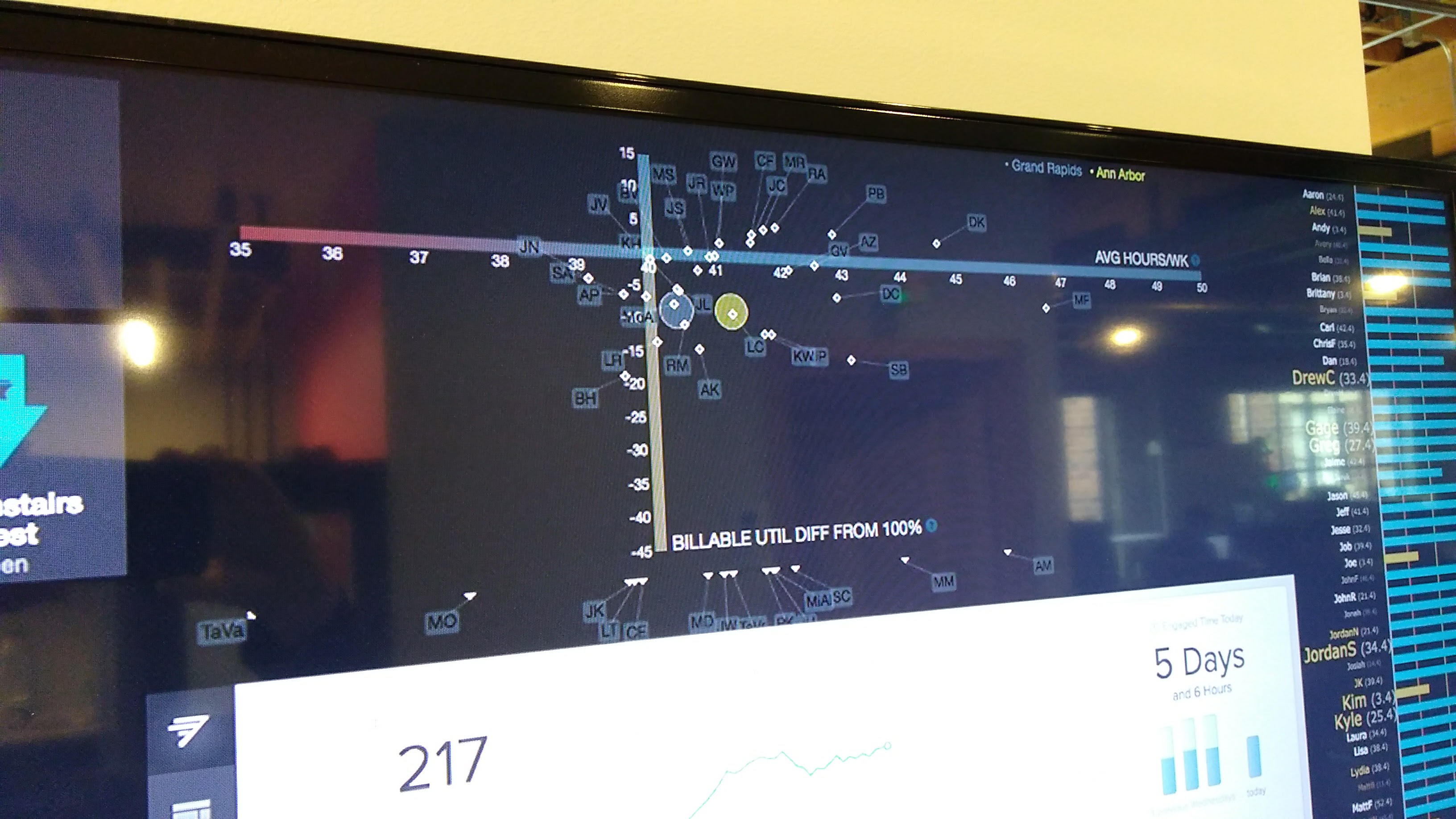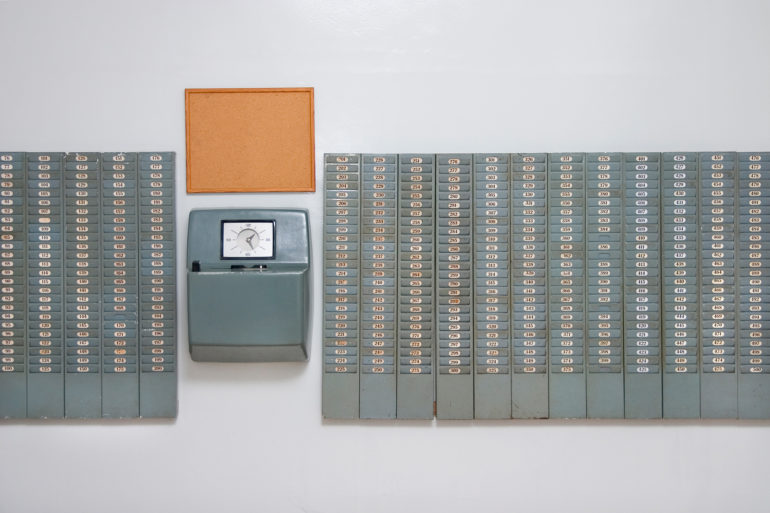I’ve rigorously tracked my time at Atomic for 13 years. Yet when I talk with other professionals, I’m frequently reminded that many companies, teams, and individuals don’t track their time.
I believe time should be tracked and managed as closely as money. Why? It’s arguable that time is more valuable than money—you can make more money with money, but there is no way to create more time. It truly is a zero-sum resource.
Time Tracking at Atomic Object
Atomic believes very strongly in the value of time tracking. We also pay employees hourly, which is an uncommon model for a professional services firm. And we tie payroll to our time tracking system to incentivize accurate tracking.
Our Home-Grown System
In the early 2000s, Atomic created a custom web application (called PunchIt) to track and report time spent on all client projects and company-related work. There were few off-the-shelf alternatives at time, and we wanted full control over integration with our CRM, payroll, and invoicing systems. We also wanted control over the taxonomy and association with client projects, internal categories, etc.
When an Atom logs in to PunchIt, they see a dashboard with all the time entries they’ve punched for the current week. At the top, there’s a summary of their billable vs. non-billable utilization for the week, so they have a unified picture of where their time is going.
PunchIt also allows us to display aggregated utilization on a company level.

The chart at the top shows average hours worked and utilization levels for the current quarter for each Atom.
Tracking Client Projects
Projects are organized into a hierarchy by client, with the ability to track time under individual work items or deliverables. We track in 15-minute increments, with the option to comment on each time punch: e.g. what was accomplished, things created. We encourage employees to comment frequently.
Atoms are expected to account for all of their time by the end of each business day so our Delivery Leads can effectively manage projects and see a daily snapshot of their projects.
Tracking Internal Projects
Many professional service firms track billable hours and invoice clients for time spent on client work. Atomic also tracks time for internal work.
Most internal work is framed as project-based initiatives or standing responsibilities. The system uses the same infrastructure, with Atomic as the client. For standing functional responsibilities, we use the project-level abstraction as a category.
Headwinds Against Time Tracking
There are many available and affordable time tracking systems that offer integration and reporting features. Given technology availability, why isn’t time tracking more widely practiced?
I believe many companies don’t establish a disciplined time tracking practice because:
- Many of us expect transparency from others but resist being transparent and accountable for how we spend our own time.
- Disciplined time tracking is a significant behavior change for individuals.
- Company-wide behavior change related to time tracking is a cultural change initiative, not just a technology project.
- Leadership and management teams are unlikely to succeed in a time-tracking change initiative if they don’t fully believe in the value and make the data an integral part of business management and execution.
Why We Track
Time tracking drives our actions at the individual, team, and company levels across four major measures of healthy performance.
- Focus: Are we working on the right things and are we giving the right level of effort?
- Fairness: Is the exchange of value between Atomic, our employees, and our clients fair?
- Sustainability: Are people evenly sharing the work? Are there areas of the business that need resources to prevent burnout or bad results?
- Growth: What new work can we take on to refine or grow? What do we have the capacity to do? How can past experience inform future efforts?
In a series of forthcoming posts, I’ll describe in more depth how Atomic uses time tracking to support each of these.
I can’t imagine trying to manage effectively without the ability to make data-driven decisions based on time. As a result, I’m grateful and proud Atomic is a data-driven company, with a culture of craft and discipline committed to time tracking.
Is time tracking working well, or not, at your company? Are you experiencing any frustration from a lack of time tracking? Please share your comments.
- The Flourishing Triangle: Why Remote Work is Kryptonite for Positive Connections - July 25, 2022
- Pack Your Higher Purpose for the Long Haul - July 6, 2022
- Return To Office – A Time for Context-Based Leadership - May 16, 2022
- Resilience Doesn’t Come From Being Resilient - August 11, 2021
- Pursuing Social Excellence through Co-located Work - May 10, 2021
